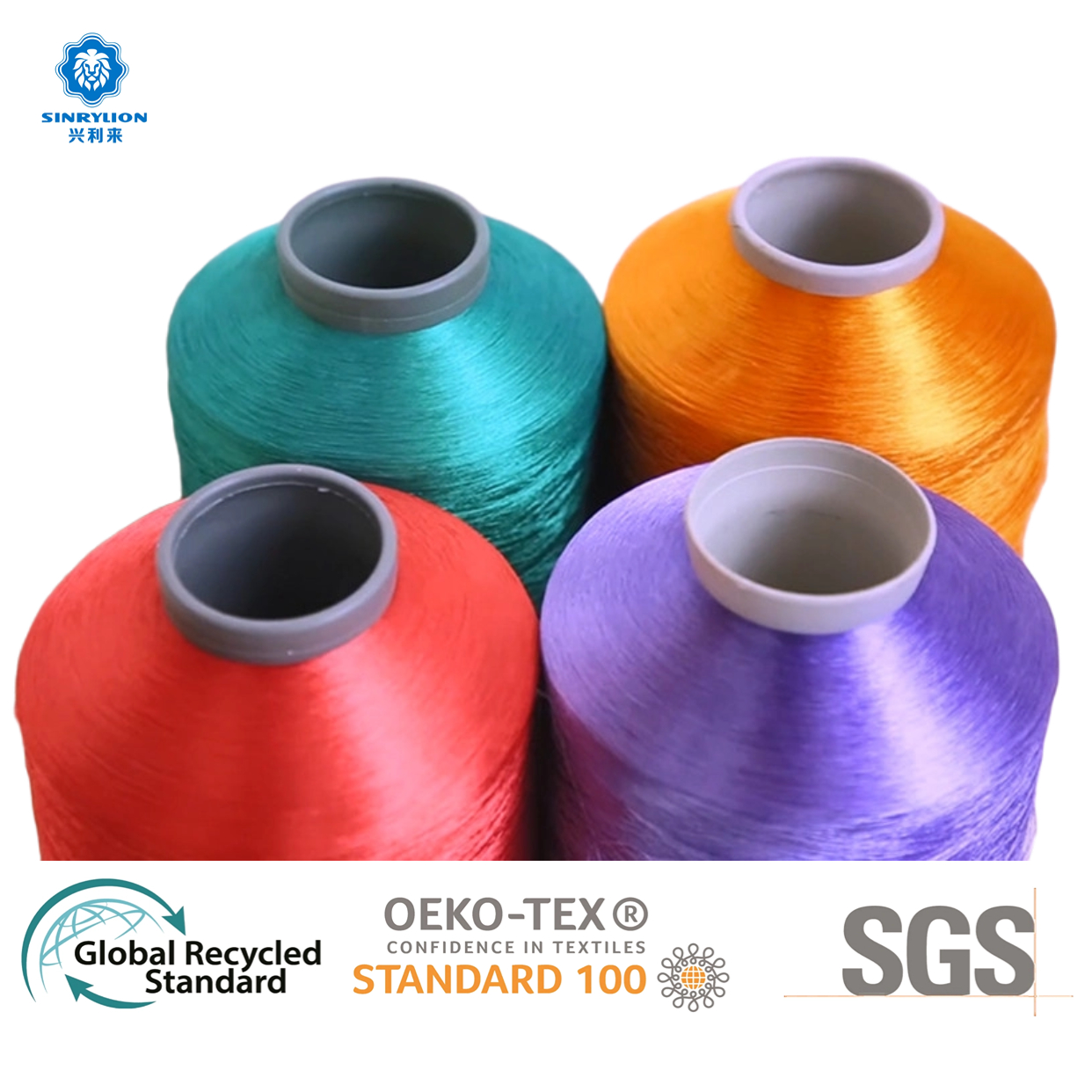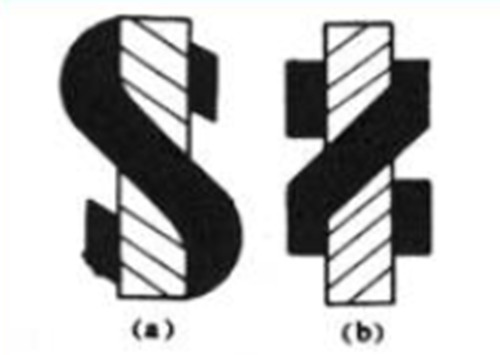Polyester yarn twisting process
2024-05-27
Polyester yarn twisting process
1. The purpose of twisting polyester yarn

Filament: In order to facilitate processing or improve tightness, it needs to be twisted to form a tight structure that is not easy to be damaged laterally, improve processability, and improve resistance to pilling and snagging. Strong twisting makes the fabric unique.
Single yarns are twisted into strands: the yarn structure is uniform, the strength is increased, the strength unevenness is reduced, and physical properties such as gloss, feel, elasticity, and extensibility are improved.
Fancy Yarns: Get a variety of fancy yarns with special looks.
The polyester twisted yarn has better looseness. The polyester twisted yarn can be adjusted by the texturing process. The polyester twisted yarn is an important parameter for subsequent weaving, dyeing and finishing. The boiling water expansion rate of the polyester twisted yarn, in simple terms It is the ratio of expansion rate of yarn when exposed to hot water. When the polyester twist is too high, it will easily become shorter, but when the cloth is being shaped, the cloth surface will be better. When the polyester twist is low, the expansion rate is insufficient, it is difficult to shape, and it is easy to wrinkle. , less meridional shrinkage.
2.Twisting process
Twisting is an important means for filament to change the fabric style. By twisting polyester filament, the surface of the filament can produce diffuse reflection at a certain angle, which increases the strength and rigidity of the yarn and increases the dry feeling of the fabric. There are two parameters to describe the twisting of a yarn, one is the twist direction, and the other is the twist degree. The twist direction is represented by S/Z, and the twist degree is represented by 1000 twists/meter.
When twisting: one end of the whisker is held, and the other end rotates around its own axis, causing relative rotational angle displacement between each section of the whisker. Whenever during the spinning process, the yarn (sliver, yarn, thread, silk) is twisted or axially wound around its axis so that the yarn is twisted, wrapped, intertwined or networked, it is called processing. twist.
Twist direction: divided into S twist (hand twist), Z twist (backhand twist)
Twist: refers to the number of twists (number of turns) of yarn within unit length

3.Use:
Twisted polyester yarn for strongly twisted fabrics, ribbon yarns, trademark yarns, buckle yarns, lace yarns, woven label yarns, ties, yarn-dyed fabrics, automotive fabrics, decorative fabrics, shoe and hat embroidery and various industrial uses. Twisting methods: single strand twisting, multiple strands combined twisting, multiple strands combined twisting, etc.

4. Luminosity:
If matte yarn and polyester are not added with anything, they will generally be produced with a strong luster. Many textiles do not require strong luster, so they need to be deglossed.
The polyester we usually use is semi-gloss. A certain matting agent is added to the spinning solution to destroy the fiber surface and cause irregular reflection of light on the fiber surface.
The difference between full matt and semi-gloss is the amount of TIO2 added. 0.3% is semi-gloss, and full matt looks like white paper. Because there are many other things added to the full-dull fiber, the full-dull polyester yarn will be a little softer than ordinary polyester yarn.

 English
English 한국어
한국어 বাংলা ভাষার
বাংলা ভাষার हिन्दी
हिन्दी Türkçe
Türkçe русский
русский




